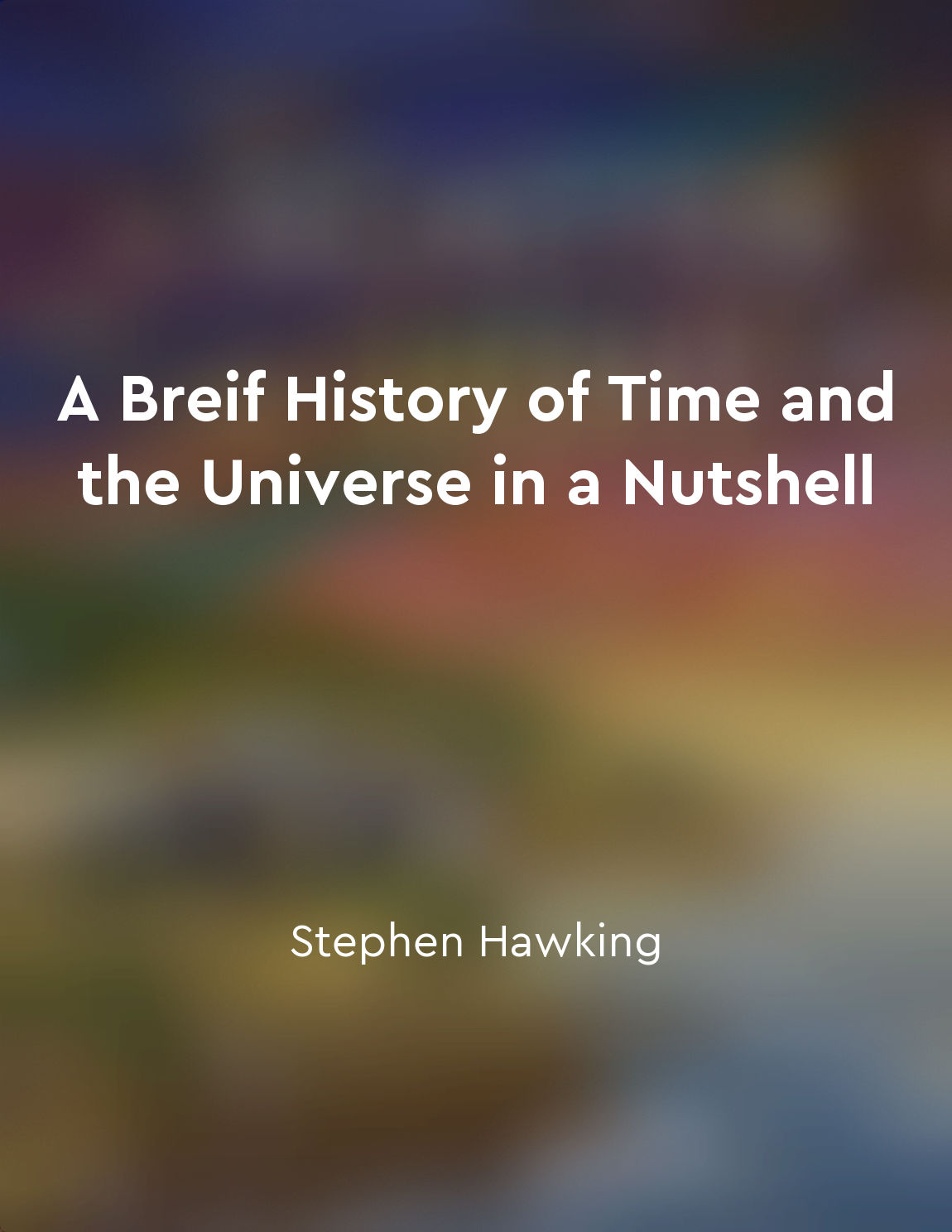Waveparticle duality explains particle behavior from "summary" of The Quantum Universe by Brian Cox,Jeff Forshaw
The idea that particles can behave like waves is a fundamental concept in quantum mechanics. This wave-particle duality means that particles such as electrons can exhibit both wave-like and particle-like behaviors depending on how they are observed. This duality was first proposed by the physicist Louis de Broglie in 1924, and it has since become a cornerstone of quantum theory. When we observe the behavior of particles on a small scale, such as electrons passing through a double-slit experiment, we see interference patterns that are characteristic of waves. This phenomenon cannot be explained by classical physics, which treats particles as discrete entities with definite positions and velocities. Instead, quantum mechanics tells us that particles can exist in a superposition of states, behaving like waves until they are measured and collapse into a single state....Similar Posts
Decolonize
Decolonization is not just about changing the faces we see in academia or bringing in diverse perspectives. It is about challen...

Time can't go backwards
The concept that time can't go backwards is a fundamental principle in our understanding of the universe. According to the laws...
Make selfcare a priority
It is essential to prioritize self-care in your daily routine. This means setting aside time for activities that nourish and re...
Compassionate action is the path to spiritual evolution
Compassionate action is not merely a moral imperative; it is also the key to spiritual growth. When we act with compassion towa...

Mind control technologies raise ethical dilemmas about privacy and autonomy
Mind control technologies have the potential to revolutionize the way we interact with the world around us. However, with this ...
Quantum theory revolutionized our understanding of reality
In quantum theory, reality is not what we once thought it to be. The theory shattered our traditional understanding of the worl...
Heisenberg's matrix mechanics equivalent to Schrödinger's wave mechanics
In the development of the quantum theory, two different formulations have been given, one by Heisenberg and the other by Schröd...
Data reflects universe
The universe is a vast and complex system that is constantly evolving, with countless things happening at any given moment. To ...
